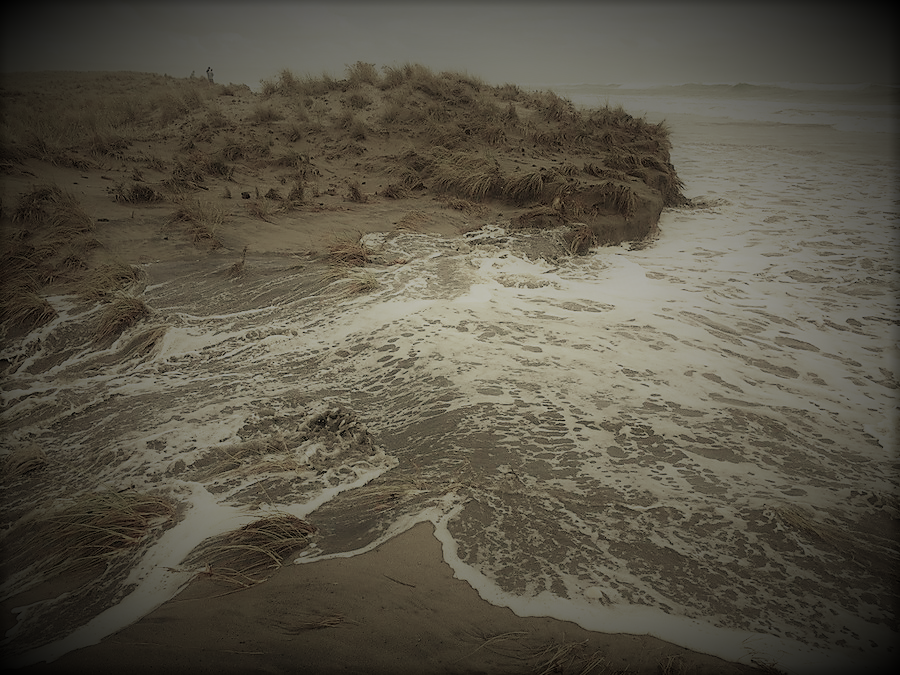Coastal communities in Ullal, a region in Mangalore, are experiencing a wide range of natural hazards that include coastal erosion, flooding from upland runoff, high and low lake levels, severe storms, storm waves and storm surge, shoreline erosion, landslides, and rare, large edge waves (seiches) usually associated with low-pressure systems or cold fronts, especially in the period of monsoons. All these hazards and coastal erosion threaten lives and property, a problem becoming more critical as coastal development pressures increase and potential impacts of climate change manifest themselves. Shoreline changes induced by erosion and accretion are no more natural processes now. There are many human induced activities like dams construction, Breakwaters Construction and Ports Construction that have taken place in the last 10 to 20 years along the shoreline and at the bottom of the sea and near the estuary, which has severely damaged the Wetlands and other beach ecosystems. These construction activities have hindered the natural movements of the sediment which was supposed to be carried out by the sea to the shoreline.
These sand dunes were obstructed by the breakwaters and used by the Corrupt Officials and Engineers for commercial purposes to accumulate money that has brought a huge amount of profit to the Government. There is a chain of power in the present administrative system that is not letting the efficient and correct use of funds in building effective seawalls in preventing sea-erosion and coastal erosion hazards.
After receiving funds in crores (hundreds of millions) of rupees from the Asian Development Bank for shoreline erosion mitigation measures, middlemen, along with politicians, have seen it as an opportunity to accumulate profits for them. Without consulting the respective Coastal Communities, they built ineffective seawalls and offshore reefs along with breakwaters which further obstructed the sediment movement. As a result, the sediments get deposited near those construction walls and could not reach the seashore. This is how the accretion of sand took place near those human-induced developmental activities and land-drifting took place on the sea shore where the poor communities stay. This has disturbed the natural process of Wind, waves and currents resulting in rapid changes in the position of the shoreline. This is the finest example of human beings meddling with nature for serving their own personal means, resulting in the loss of land, property and even life sometimes.
This report talks about the history of the mentioned study region called Ullal and how it changed with the due course of time along with the various socio, political, and cultural issues that would reflect the failure of the system in providing fair means of security to its public. The report also gives an Emergency Management Plan with some mitigation strategies based on the current issue of Coastal Erosion through suggesting sustainable coastal protection methods.
- 100% Solar Powered Village in India Sets Example for Green Energy Use - April 15, 2019
- World Sparrow Day 2019: Why is It Necessary to Celebrate it? - March 20, 2019
- Gurgaon, 6 More Indian Cities, Among World’s Most Polluted: Study - March 6, 2019
- Exploring Mangalore in India: A Small Coastal Region Called Ullal - February 10, 2019
- Millions from ADB, still Coastal Erosion Damages Ecology of Mangalore - January 31, 2019

